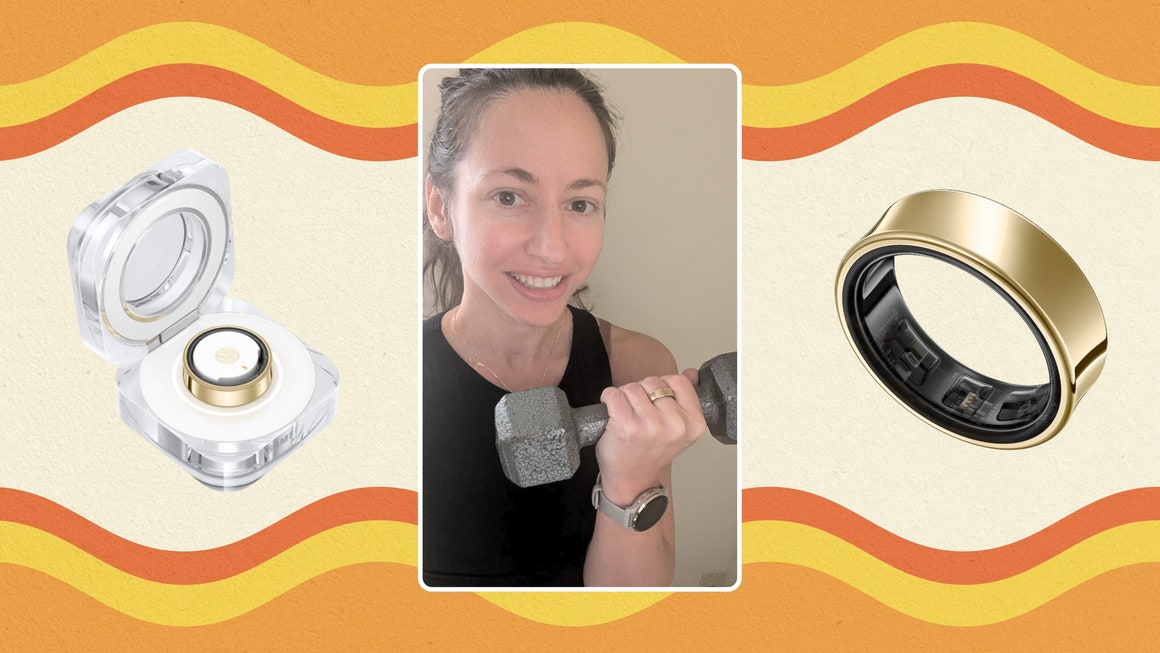The wearables market is undeniably stacked, and pretty much every tech company wants in on it. In most cases, brands have been churning out smartwatches, but in the last few years, another type of device has started to gain steam: the smart ring.
While Oura might have the most name recognition when it comes to smart rings, thanks to high-profile fans like Prince Harry and NBA star Chris Paul, that brand isn’t the only game in town. At the end of July, tech giant Samsung entered the chat when it released its first-ever Galaxy Ring ($400, samsung.com). While I’ve been testing fitness trackers for years, I hadn’t ever tried a ring before. So when I was offered a sample of Samsung’s newest offering, I was eager to put it to the test. I wore the Samsung Ring for eight weeks—here are my honest thoughts.
Ring sizing
Compared to watches, buying a smart ring starts with an added step: You have to make sure it fits. A ring isn’t one-size-fits-all, nor is it adjustable like a watch strap is. Thankfully, Samsung makes this easy for you by offering a free sizing kit.
You’re sent a sampling of nine different sizes (from 5 to 13) to try on. Each tester ring has three little bumps on the inner side where the sensors are on the real Galaxy so you can get a good idea of how the actual device will fit. The brand recommends you wear your intended size for 24 hours (including while you sleep) so you can make sure it’s secure and comfy. In my experience, the sizes run a little smaller than regular rings, so I definitely recommend trying the sample kit versus simply ordering your size right off the bat.
I had a tricky time deciding which size would be best; without half sizes available, I found that the testers were either a little too loose or a little too snug for most of my fingers. I got the closest, most comfortable fit on my ring finger, however, so that was the winner. Note that Samsung recommends wearing the ring on your index finger in order to make use of some extra features, but says any one works.

